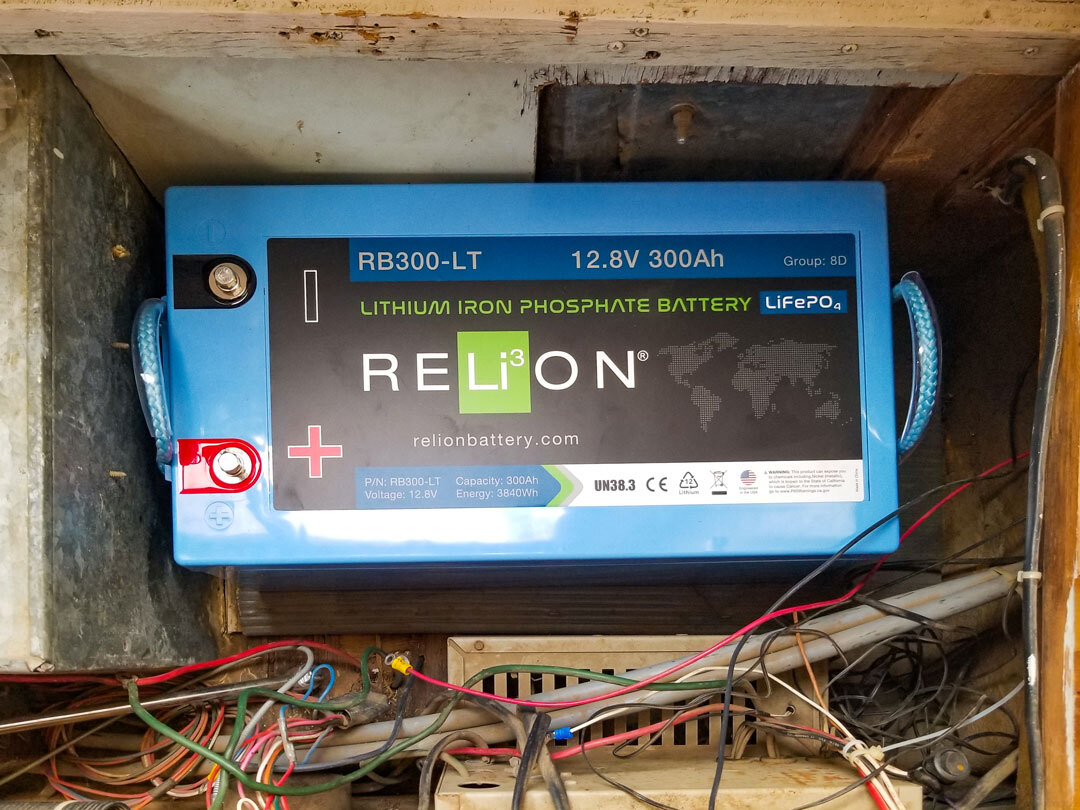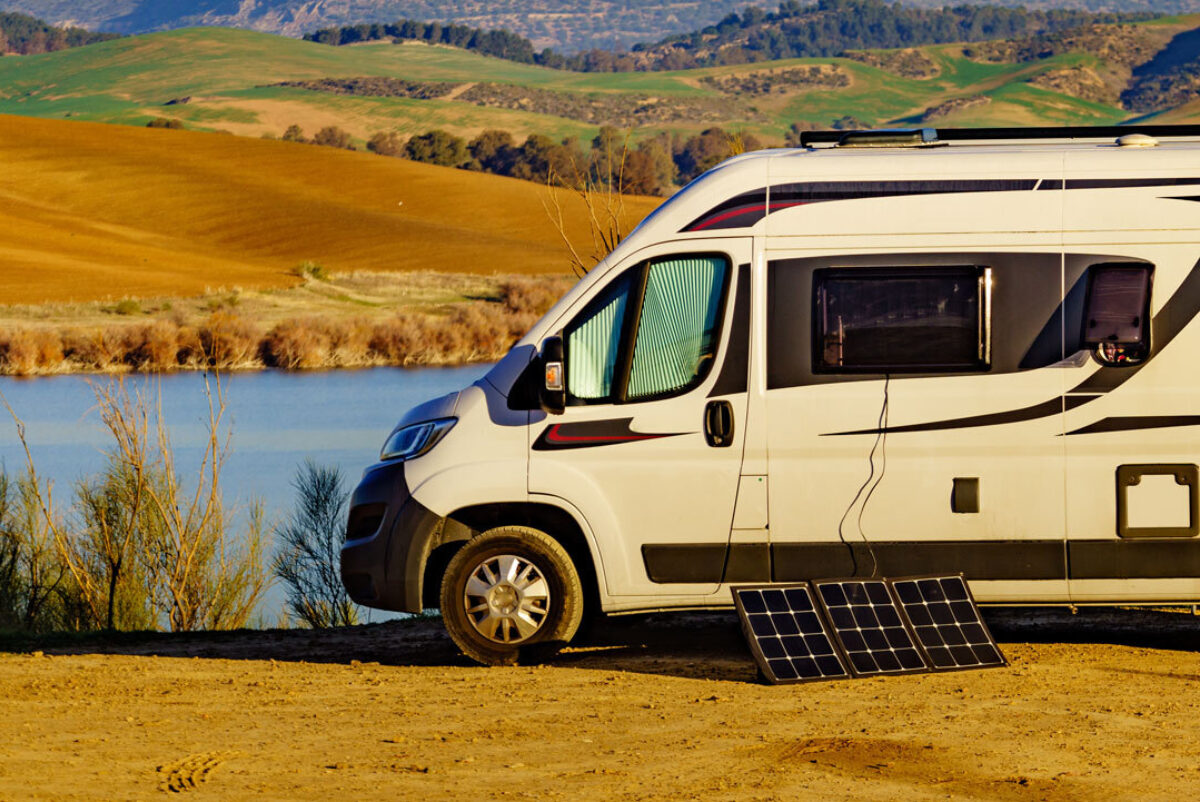In order to make the most out of their adventures and maximize self-reliance, many people are adding solar power and energy storage to their RVs, boats and tiny homes. However, before investing in an energy system that you will be relying on, particularly in remote locations, it’s important to first understand the energy basics. If you plan to be out on your solar-plus-storage boat for several weeks or months at a time, for example, it is essential that you be able to calculate in advance how much energy you will need and how to ensure you select the appropriately sized energy systems. To understand your energy storage requirements, you need to first know what watts hours and amp hours are and how they differ.

Watt Hours = Power Over Time
Power is measured in watts and a watt is equal to one joule per second. Watt hours (Wh) are units of energy that measure the capacity of power (watts) moving over time. In practical terms, this means how many watts an appliance, such as a light bulb or toaster oven, uses in one hour. To calculate watt hours, you simply multiply the watts by the number of hours the appliance is used. For example, if a lightbulb is rated at 50W, and you want to calculate how many watts your lightbulb uses in a day, the equation would be 50W times 24 hours, which gives you 1200 Wh.
Amp Hours = Current Over Time
Whereas watt hours are a measurement of energy, amp hours (Ah) are a measurement of charge. In order to calculate amp hours, you need to first know the amps, or current, which is defined as a stream of charged particles, such as electrons or ions, moving through an electrical conductor or space. An amp hour is a measurement of how many amps flow over a one hour period. For example, a 150 Ah battery would be able to expel 150 amps in one hour and 75 amps for two hours, or 150 Ah total. In short, amp hours show how much current a battery can supply for a certain period of time.
If you are trying to determine a battery’s charge and discharge rates, take a look at the battery’s C rating, which is a unit that measures the speed at which a battery is fully charged or discharged. For example, charging at a C rate of 1C means that the battery is charged from 0 to 100 percent in the span of one hour. A 0.5C or C/2 rate represents a two hour discharge time and .2C or C/5 represents a 5 hour discharge time. If the battery has a 1C (1C current) rating, this means that a battery with a 20Ah capacity should be able to provide 20 Amps for one hour.

Converting Watt Hours to Amp Hours and Vice Versa
You will need to be able to know and calculate both watt hours and amp hours in order to determine your battery’s energy capacity, what voltage you need as well as the thickness of your wires. Although amp hours and watt hours are distinct units of measurement, it’s important to know that they are related and that one can be used to determine the other. Listed below are the calculations for watt hours and amp hours that you can use to calculate one when you only have the other.
watt hours = amp hours x volts
amp hours = watt hours / volts
Let’s say you have a 12V battery for your van and that battery is rated for 200 Ah. You can multiply the 200 Ah times the 12V, which gives you 2400 Wh. To further demonstrate how amp hours differ from watt hours, you would also be able to achieve the same 2400 Wh with a 24V (higher voltage), 100 Ah (lower Ah) battery. Of course, if you only happened to know the watt hours for your energy storage system, you can calculate the amp hours based on this. Let’s say you have a 1200 Wh battery. You would divide the 1200 Wh by the battery’s volts - let’s say 12V - which would give you 100 Ah.
Why Do You Need to Know Amp Hour & Watt Hour Calculations?
These calculations can help you understand how much energy or amperage your battery will be able to expel and for how long. If you don’t know the amp hours or watt hours that you will need per day, you will not be able to determine with accuracy whether your energy storage system is able to meet your needs, potentially leaving you unequipped and at risk of energy shortages. To learn more about how to calculate your energy needs and find the optimal battery for your application and usage, visit our Lithium Battery Selector Tool.
If you are setting up a solar power plus energy storage system, make sure that you first evaluate how much energy you’ll need by adding together all of the watts that your devices use in one day. From there, you can leverage the equations mentioned above to help determine the sizes needed for your solar system and energy storage system.

Once you know how much energy, current and volts you will need, you have to find the battery that best suits your needs. Lithium batteries outperform lead acid batteries that have similarly rated specifications across the board, giving you more bang for your buck. To learn more about how to calculate your energy needs and determining the optimal solar plus storage system for your lifestyle, contact one of our experts today.
